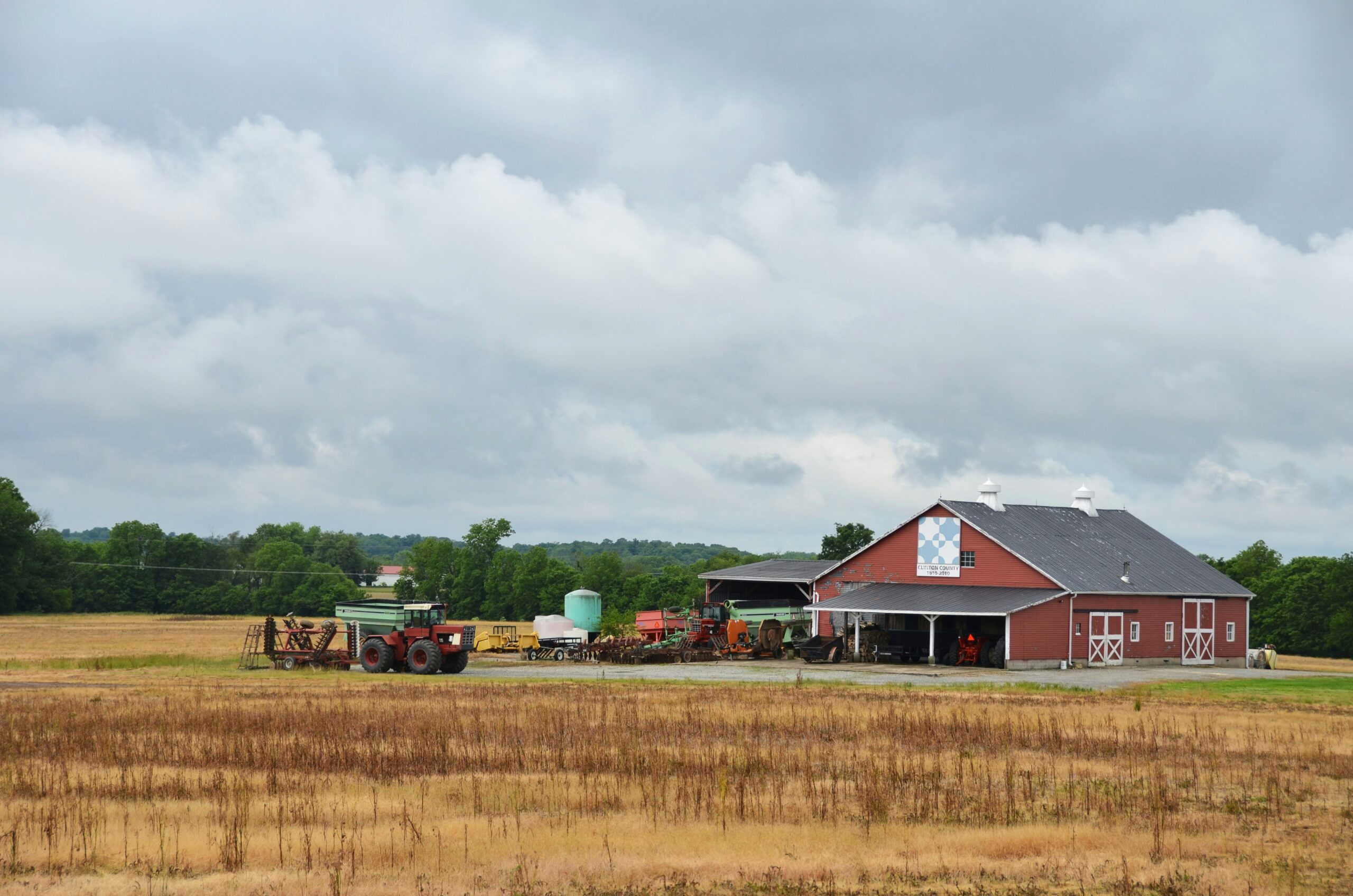The Struggles Farming Counties Are Facing Now
It’s difficult to overstate the complexities in the U.S. economy. The inputs, outputs, and pressure points can vary greatly in different sectors and different communities. But one area that’s struggling and unsettled this fall is agriculture.
In the last few weeks there have been news stories about the Secretary of Agriculture’s concerns, a potential bailout for farmers, and a poll of corn growers showing 80% believe the farm economy is or may be on the brink of a crisis.
The deepest concerns about agriculture, however, are based in the communities where farming drives much of the local economy. And the American Communities Project keeps an eye on those places through the Aging Farmlands community type.
These sparsely populated communities are spread mostly through the Great Plains, from Texas to the Dakotas and Montana. About 80% of them are what the USDA calls “High Farming” counties in 2025. And in recent months, the ACP has noticed declines in the number of people who are employed in these parts compared with previous years.
Zooming in on an Aging Farmland
To better understand the trends, the American Communities Project spoke to Terry Ostmeyer, a fifth-generation farmer in Gove County, Kansas, an Aging Farmland community that we know from our report on rural America.
Ostmeyer, 62, is in a different position than most farmers, in that some of the crops he grows on his 5,000-acre farm are seed crops. That means he grows the material that other farmers purchase for next year’s crops, and right now, he is worried.
“Seed companies are offering unbelievable early season discounts for seed for the 2026 growing season, including the companies that we sell for. We have had zero calls for pricing,” he said.
That means a lot of farmers are not making the purchases they need to plant again next year. He said that’s because of a massive squeeze farmers feel caused by two big pressures: rising fertilizer prices and falling grain prices. Fertilizer costs in the area have risen as much as 25% to 30%, while the prices for many crops are down 10% or more, he said.
“The most concerning thing to me is the price of fertilizer just keeps spiraling upward, and our grain prices are going the opposite direction. So, we’re kind of caught in a catch 22. You’ve got to grow more bushels to pay for the fertilizer, and growing more bushels is what got us into the surplus problem.”
He said “all the inputs” that go into farming — the cost of combines, feed, land — are climbing and the per-bushel prices farmers receive are not keeping up. He believes they literally can’t afford to buy the seeds they need for next year’s crops.
“That absolutely is frightening, because the next thing that you’ll see is you’ll see farmers going out of business, or farm sales or bankruptcies, or whatever. And those are never good. You know, they’re going to be good for somebody, but it’s never good for the farmer.”
The Potential Fallout?
From his perspective, Ostmeyer said he does not know how much of the squeeze is being caused by the Trump administration’s tariffs or the government shutdown or even if either or both are to blame. But the situation in Gove makes him seriously concerned about what’s to come next spring and summer.
“We do need fair and balanced trade, but little do I know how we get there,” he adds.
The challenges for Ostmeyer and others like him raise questions about the political implications, with the 2026 and 2028 federal elections looming.
Nationwide, there are 268 Aging Farmlands counties, and their vote is heavily Republican. President Trump won Gove in 2024, Ostmeyer’s home county, with 87% of the vote. (Democrat Kamala Harris received 10%.) Trump won the Aging Farmlands overall, 80% to 18% — following a long-term trend of big GOP margins in these places.
It’s hard to imagine margins like that changing dramatically anytime soon. Even if farming does face a crisis in the next year, it’s not clear how much voters in those places would blame Trump and/or congressional Republicans. American politics in 2025 is more about identity than policy.
But ultimately, any jolt to agriculture and the farming economy could play a role in election results around the edges. For instance, the handful of Aging Farmland counties in Iowa could have an impact on a close senate race there.
And beyond that, farmers in other kinds of communities could be affected as well.
While agriculture dominates the Aging Farmlands, it is also a big part of counties in Graying America, Rural Middle America, Hispanic Centers, and the African American South. Even small shifts in those places could have bigger impacts in states such as Michigan and Ohio, Georgia and North Carolina — states that look like they are headed for close senate races.
None of this means a shaky farm economy would be determinative for 2026. The U.S. economy is complicated. One could point to other sectors of equal political importance — probably even greater. Think of the many people who work in manufacturing or tech or the public sector.
But right now, as the combines go through the fields, a combination of higher expenses and lower returns has left many agricultural communities deeply concerned about the future.
